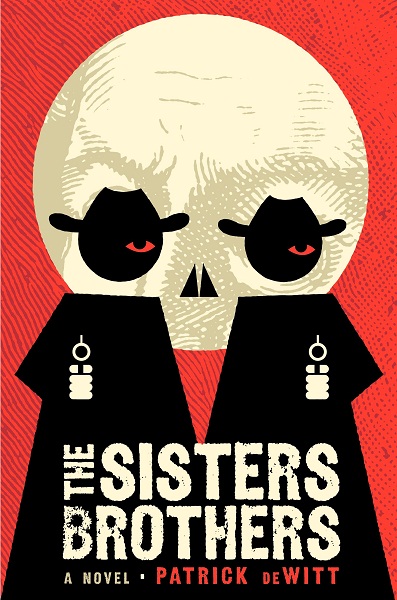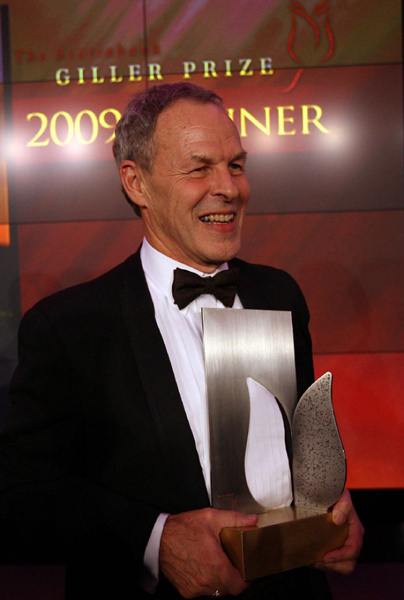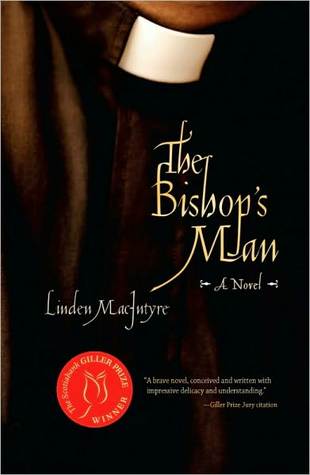 Patrick DeWitt’s The Sisters Brothers is everything a good western should be. Set during the Gold Rush of the 1850s and littered with gun fights, loose women, saloons and robbery, this novel would easily appeal to any western enthusiast or history buff. However, just buried beneath this classic western narrative, is a story about the power of relationships, family, redemption and self-awareness.
Patrick DeWitt’s The Sisters Brothers is everything a good western should be. Set during the Gold Rush of the 1850s and littered with gun fights, loose women, saloons and robbery, this novel would easily appeal to any western enthusiast or history buff. However, just buried beneath this classic western narrative, is a story about the power of relationships, family, redemption and self-awareness.
They story is narrated by one of the Sisters brothers, Eli Sister. From the very beginning the reader can tell Eli is more brains than brawn—the introverted, overweight polar opposite of his brother, the notorious and lethal hit man, Charlie. As a duo, they are given the job to kill a man named Hermann Kermit Warm. Their orders are given to them by a man who is only known as Commodore and who only meets with Charlie. Everything the reader knows about the job is second-hand information given by Eli. The lack of information engulfs their mission in a cloak of secrecy and mystery. The reader, along with Eli, is not quite sure why there is a hit on this man, only that there is and the brothers are the ones to execute it. From this point on the brothers travel from Oregon City to San Francisco meeting a variety of noteworthy characters from all backgrounds along the way.

The most engaging aspect of this novel is DeWitt’s ability to engage the reader through fast dialogue and deep inner thoughts. Eli serves as a vehicle for the reader to see and understand what is going on in the novel. Although Eli lives a disgusting life full of violence, lust and indignity, his words and thoughts produce a character that is truly human and surprisingly relatable. Eli suffers with feelings of inadequacy when it comes to his relationship with his brother and the line of work they pursue. This inadequacy is subtly mirrored by his relationship with his horse, named Tub, who seems like more of a burden to Eli and the mission than anything else.
Perhaps the most striking theme in this novel is the theme of relationship and family. Eli forms and fosters many relationships throughout the novel—most notably his relationship with Charlie, his brother. Eli’s venerability is exposed through this relationship. At one point, when asked about his relationship with his brother, Eli states, “Our blood is the same, we just use it differently.” A very thought provoking statement gets to the very heart of human nature and relationships. Throughout the novel, Eli’s relationship with Charlie is tested through action and dialogue. As the novel comes to a close, relationships change due to circumstance and the roles they both play in each other’s lives will not be reversed, but destroyed in an unlikely way.
A book wholly deserving of its Scotia Bank Giller Prize Short List nod, Patrick DeWitt’s The Brothers Sisters is a surprising hard edged exploration of what makes us all human at our very core. Book review by Silo contributor Sarah Purdy. Read more from Sarah by searching her name from our homepage. Silo Direct Link to Patrick DeWitt Website CP

